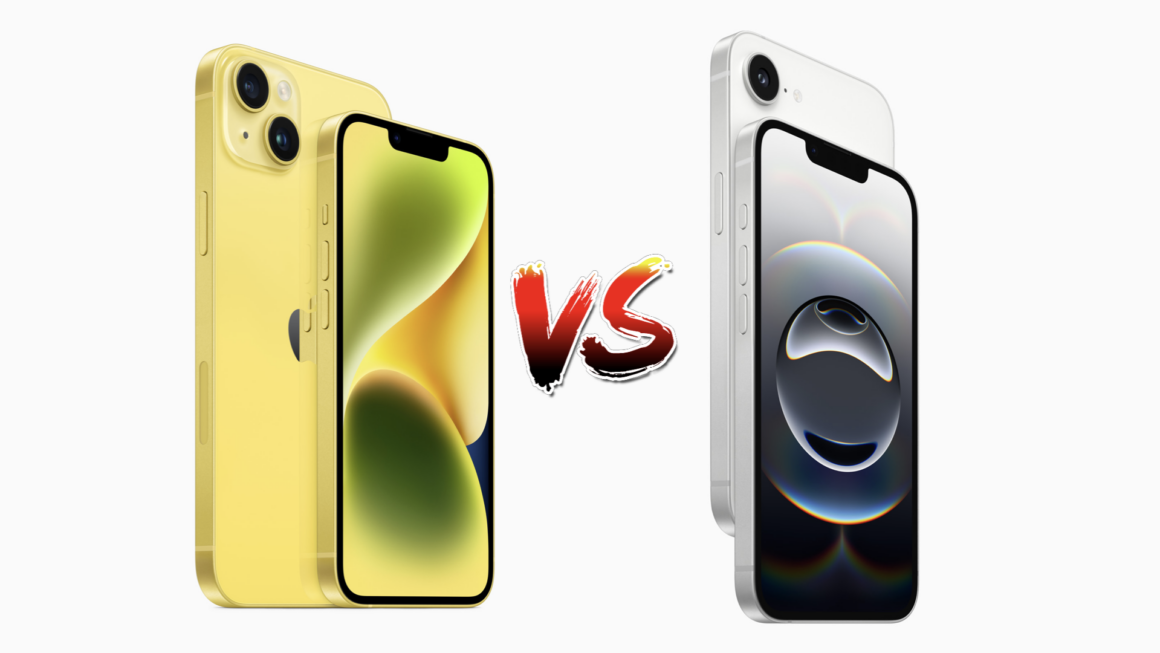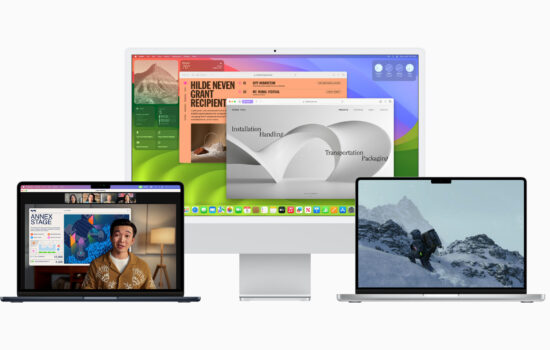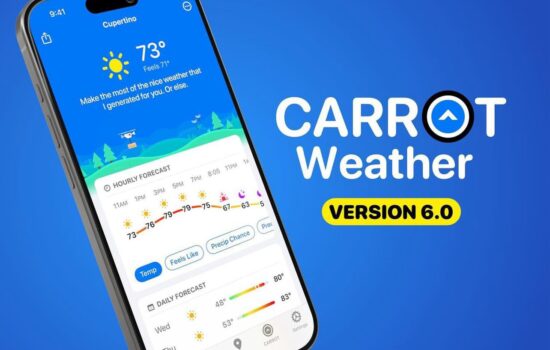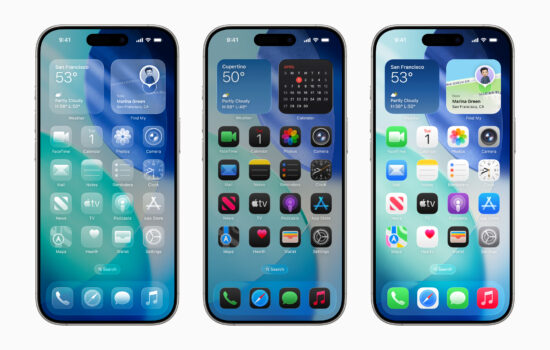With the launch of the iPhone 16e, Apple discontinued the iPhone 14 and iPhone 14 Plus. The iPhone 16e is Apple’s newest member of the iPhone 16 family, and it starts at $599 with 128GB of storage, which is also the starting price point for the iPhone 14 before its discontinuation, which started at 128GB of storage too. With the iPhone 16e replacing the iPhone 14 in the iPhone lineup, that means the iPhone 16e improves everything that the iPhone 14 features, right? Well, it’s not quite simple. Let’s run down the pros and cons of both of these smartphones based on the Apple’s “Compare iPhone models” page.
Advantages of iPhone 16e:
- A18 chip (4-core GPU) for faster CPU/GPU performance overall and guaranteed more software updates for years to come
- 8GB of RAM for Apple Intelligence support (including Visual Intelligence)
- 48MP Fusion camera with 1x, 2x optical zoom options
- Smart HDR 5 for photos (both front/rear camera)
- Spatial Audio, Wind noise reduction, and Audio Mix supported for Video Recording
- Apple’s first cellular chip (C1) for longer battery life while staying connected
- USB-C to connect to a wide ecosystem of accessories
- Action Button to quickly perform common actions, including Visual Intelligence
Disadvantages of the iPhone 16e:
- No Ultra Wide camera for wider shots
- Optical image stabilization lacks sensor-shift
- Portrait mode with Depth Control but not Focus
- Lacks Cinematic mode and Action mode
- Lacks Ultra Wideband chip for Precision Finding
- Lacks mmWave support and DC-HSDPA support (for cellular connectivity)
- Lacks MagSafe and Qi2 wireless charging; supports only Qi wireless charging limited to up to 7.5W
- Less color options to choose from: White and Black.
So while you may gain several new features with the iPhone 16e, you’d be missing out on some of the key features found in even Apple’s older mainstream iPhone models as far back as the iPhone 11 series, so let’s see what you’d still gain if you opted for an iPhone 14.
Advantages of the iPhone 14:
- Dedicated Ultra Wide camera for wider shots
- Sensor-shift optical image stabilization
- Portrait mode with Focus and Depth Control
- Supports Cinematic mode and Action mode
- Ultra Wideband chip for Precision Finding
- Supports DC-HSDPA and mmWave for cellular connectivity
- Supports Qi2 and MagSafe for wireless charging up to 15W and support for other MagSafe accessories
- More color options to choose from: Midnight, Starlight, Blue, Yellow, Purple, (PRODUCT)RED.
Disadvantages of the iPhone 14:
- Older A14 chip that may not be supported for further software updates that new iPhone models will support
- 6GB of RAM and thus no support for Apple Intelligence or Visual Intelligence
- The main sensor is limited to 12MP
- Older Smart HDR 4 for photos (for front/rear camera)
- Video recording doesn’t support Spatial Audio, wind noise reduction, or audio mix
- Older, less efficient Qualcomm cellular chip may lead to shorter battery life
- The Lightning port may be limiting for connecting accessories
- Traditional ring/silent switch doesn’t hold a candle against the more versatile Action Button
Aside from the camera system, both the iPhone 14 and iPhone 16e share the exact same design and form factor as they both feature the same display specs with the notch on the top and the same glass back. Apple may be modernizing a smartphone at a lower price point than what the iPhone 16 sells, but it’s also removing several features at the same time. Both of these iPhone models have their strengths and weaknesses, but in the end, it all comes down to what you’re looking for in a lower-end iPhone. If you want a faster chip and more memory for future-proofing then get the iPhone 16e, but if you still care about other features such as MagSafe, then you can’t go wrong with the iPhone 14.
The iPhone 16e has been quite criticized for omitting several features that other iPhone models have, but you don’t have to get that phone if you’re looking for a more budget-friendly option. You can still shop elsewhere for other refurbished or second-hand iPhone models in places like eBay, and if you’re lucky, you may still have a chance to get an iPhone 14 (brand-new) from authorized resellers while supplies last. The choice is up to you.
Which one would you still pick? The iPhone 16e or the iPhone 14? Let us know in the comments below, and follow us on X for more Apple-related news.








